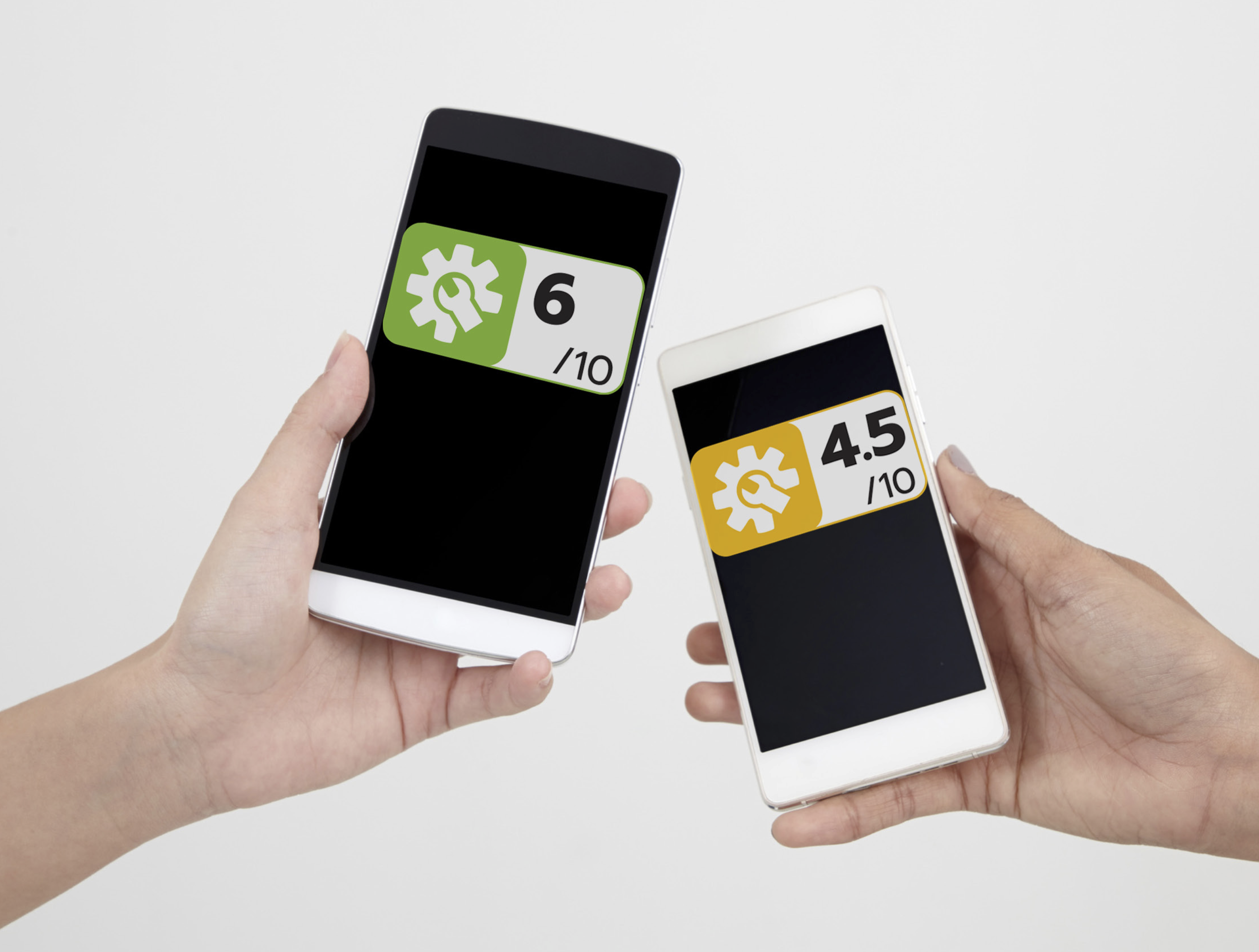Brooke Roberts-Islam: a challenge to reducing fashion waste comes from ordering and producing ‘high volumes’ of clothing
We hear from the fashion industry expert and journalist on tech solutions to clothing overstock problems and how policy can drive industry change.

The fashion industry produces more clothing than we can wear and more than brands can sell. One problem with this system of overproduction is that brands often find themselves with unsold clothing, known as overstock. In order to clear the shelves, clothing companies commonly destroy, incinerate or send to the landfill unsold and unused overstock clothing.
During a recent webinar hosted by U.S. PIRG Education Fund as part of its Waste is Out of Fashion campaign, I had the opportunity to sit down with three expert panelists: journalist and Senior Contributor at Forbes Brooke Roberts-Islam; Founder and CEO of FABSCRAP Jessica Schreiber; and author and journalist Elizabeth L. Cline.
This is the first of a four part series looking at some of the highlights and lessons from Brooke Roberts-Islam. You can view the recording to hear the whole conversation and hear from the other panelists.
This conversation has been edited for length and clarity.
Q: In an article for Forbes, you talk about how “ reducing excess stock in the fashion industry is a major barrier to achieving environmental sustainability,” writing how “At the root of this problem is a pricing model that has dominated mass-produced fashion since the 1960s, when cheap trend-driven fashion led to outsourced production.” What do you see as some of the biggest obstacles to reducing excess stock?
A: One of the biggest obstacles is the actual system of ordering and producing stock. When the trend came in the 60’s to shift to outsourced production rather than brands owning their production, the reasoning behind that was to create products that had a very keen unit price, that allowed for a larger margin for brands, and took all the hassle away from brands. In fact, they didn’t have much visibility over production at all anymore. And it meant that they could work with the Far East and produce products on a relatively long lead time. The only caveat with the low price per unit was high volume. But that made sense because it’s fine to buy 10, 20 or 100 units of something if it’s going to be on the shop floor for a couple of months. But since then, the model of fashion has sped up, but the production and ordering methods haven’t really changed accordingly.
I have worked in the industry for over a decade so that’s the point at which I come at this subject, both as a brand owner and also as someone working within the supply chain. The problem we have here is the number of seasons or collections per year is into double digits for some brands, which means stock has a very short period of time in which to sell through. With high volume orders, that becomes an overstock problem. The system in place for certain segments of the industry where very high volumes are produced in the Far East and don’t have time to sell, yet are still profitable for brands–that’s the heart of the problem here as I see it.
I think there’s a few potential solutions for that. One of them is digital transformation of the supply chain that allows decision making to be based, instead of on projected sales, on actual data. Data that’s pulled in from current sales, the movement of current trends, the speed of those trends, and fed into a system that’s responsive rather than producing in advance on the whim of a buyer. Digital transformation both in terms of design and manufacturing systems within fashion would allow it to be closer to market, so they produce products closer to the time when they need to be on the shop floor or in online retail. And it would reduce the need to order huge volumes because there would still be a profitability model available because of the streamline nature of the digital transformation.
The other piece here is scaled recycling. Instead of incinerating overstock, it’s possible to potentially turn it back into fibers and yarns and feed it back into the supply chain. This is obviously not an ideal scenario, but an alternative to incineration whilst the production system maintains the current status.
Q: You touched on a couple solutions, but you have also previously written about made-to-order fashion. Do you think that is something that can be scaled up that other brands could use?
A: There are some companies working with made-to-order. It spans different fashion segments, so the question you’ve asked depends a little bit on the segment. Made-to-order at the luxury end tends to work quite well because production volumes are relatively slow. European or U.S. production is often possible because it’s a higher ticket item, and made-to-order on those sorts of items works really well, but it doesn’t necessarily solve our overstock problem.
Q: In the short term, the pandemic has taken a real toll on the fashion industry, and pandemic-induced store closures have led to record amounts of overstock. What long-term impact do you think the pandemic will have on the volume of clothing we see brands producing?
A: Well, it depends who you ask. If you ask McKinsey who writes the annual State of Fashion report with Business of Fashion, they will say that orders will be smaller in volume and be ordered closer to market, so with a shorter lead time. The upshot of that will be lower volumes produced, but there will still be production of collections and garments very rapidly and very regularly. So in total volume, I guess it will reduce somewhat. How quickly that will happen, I’m not sure.
If you were to ask manufacturers in Bangladesh, for example, their views on this lower volume production, they would say that their entire apparel industry was built on volume, and their ability to deliver keen unit prices–the keenest actually of most manufacturing segments–is because of the volume. They are simply not set up by and large to adapt to that kind of production.
It’s an interesting question. I think the theoretical part is yes, smaller volumes. The practical part of that is, “does that mean that you need to produce closer to home? Then what does that mean for your margin?” It becomes a real business problem, and actually a problem generated by outsourcing to the Far East, huge volumes and big lead times.
Q: What role do you see public policy playing in reducing fashion waste and making the fashion industry more sustainable?
A: I spoke to Paul Polman, the former CEO of Unilever, who championed Unilever’s path to net zero and now he’s working on The Fashion Pact. I asked him about this, and I think we’ve got some issues in knowledge and data capture in the fashion industry which is making it very difficult to inform policy in a meaningful way.
There have been some relatively fast moving policies in Europe, including in France the prohibition of incinerating stock and the disposal of luxury goods. The response there in policy is creating an atmosphere in other European countries of an expectation that regulation will follow. With the 2030 climate targets and the push for science-based target formation within fashion brands, I think the shift that we are seeing there, an appetite for setting those targets, is in response to the threat– the silent threat of impending policy.
The EU has really supported innovation for advancement of the circular economy. A lot of money is being put into pivotal projects, including the New Cotton Project, to set up a circular supply chain, measure it, create a blueprint, and share it open source with the rest of the industry. I think the EU is putting in place blueprints for people to follow best practice. All the hints are pointing to do it now, or maybe regret it later.
Brooke Roberts-Islam is a sustainability and fashion tech journalist, innovator and public speaker. She is a senior contributor at Forbes, the founder and editor of Techstyler, and Director of BRIA.
Authors
Olivia Sullivan
Find Out More

What is a repair score and why is Colorado calling for one?

A look back at what our unique network accomplished in 2023

PIRG’s warmest wishes for a safe and happy new year

